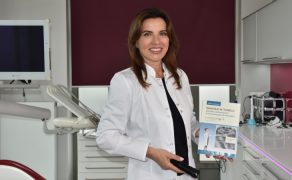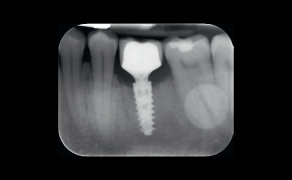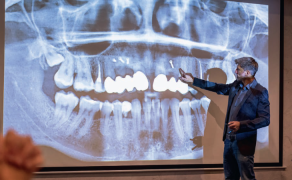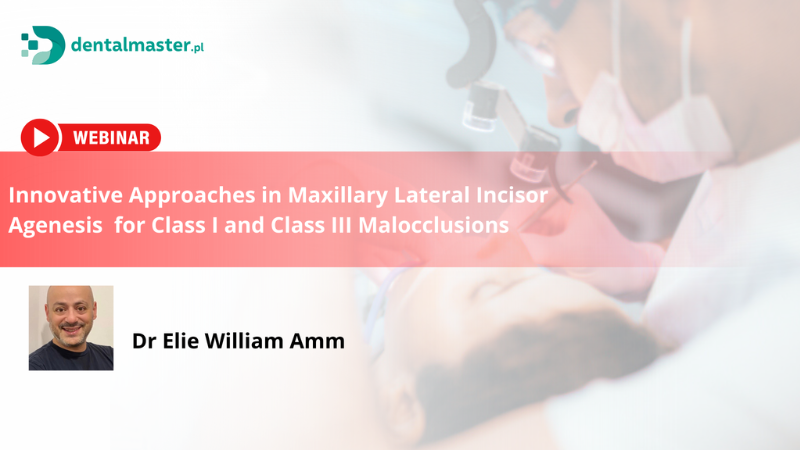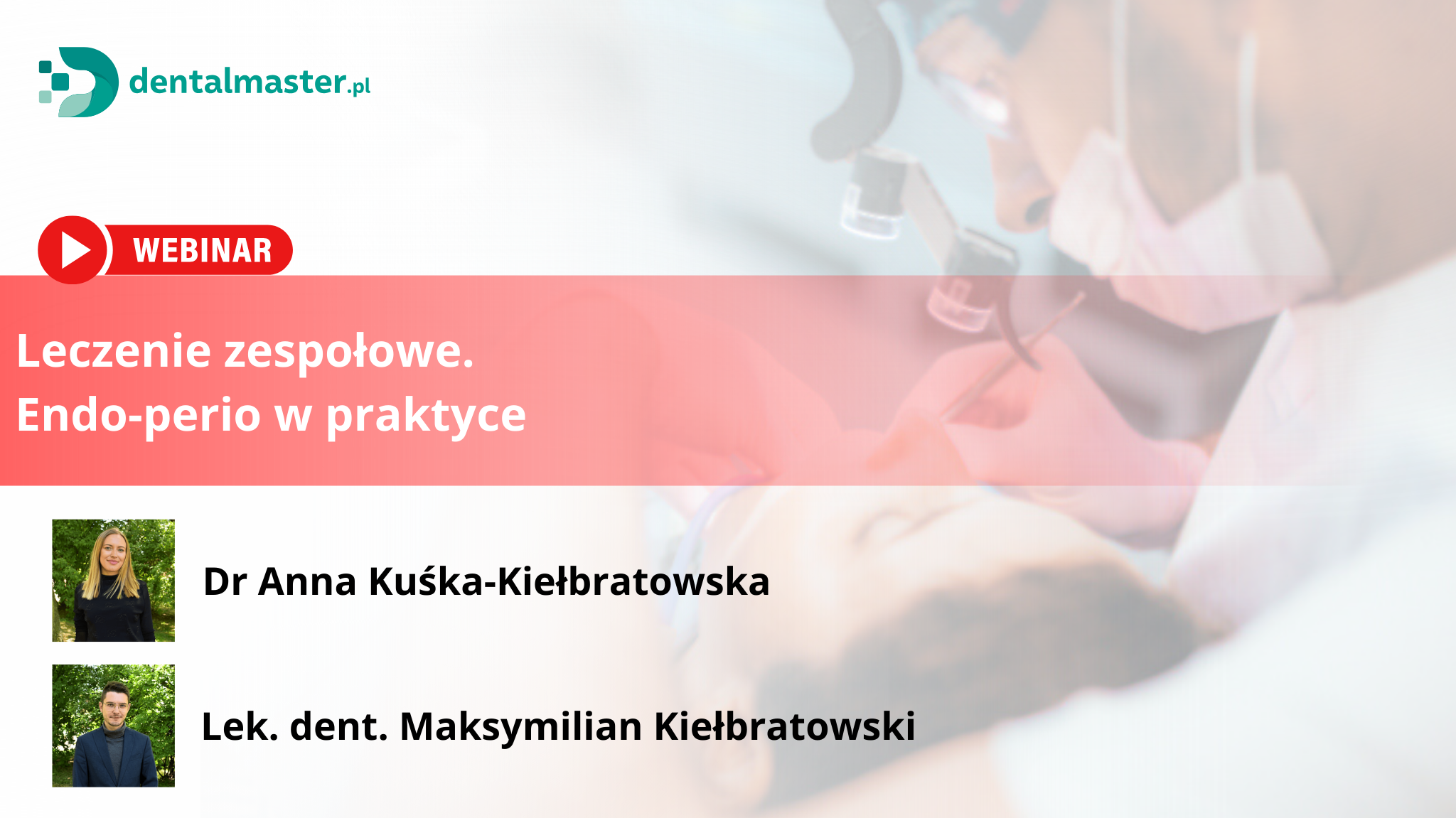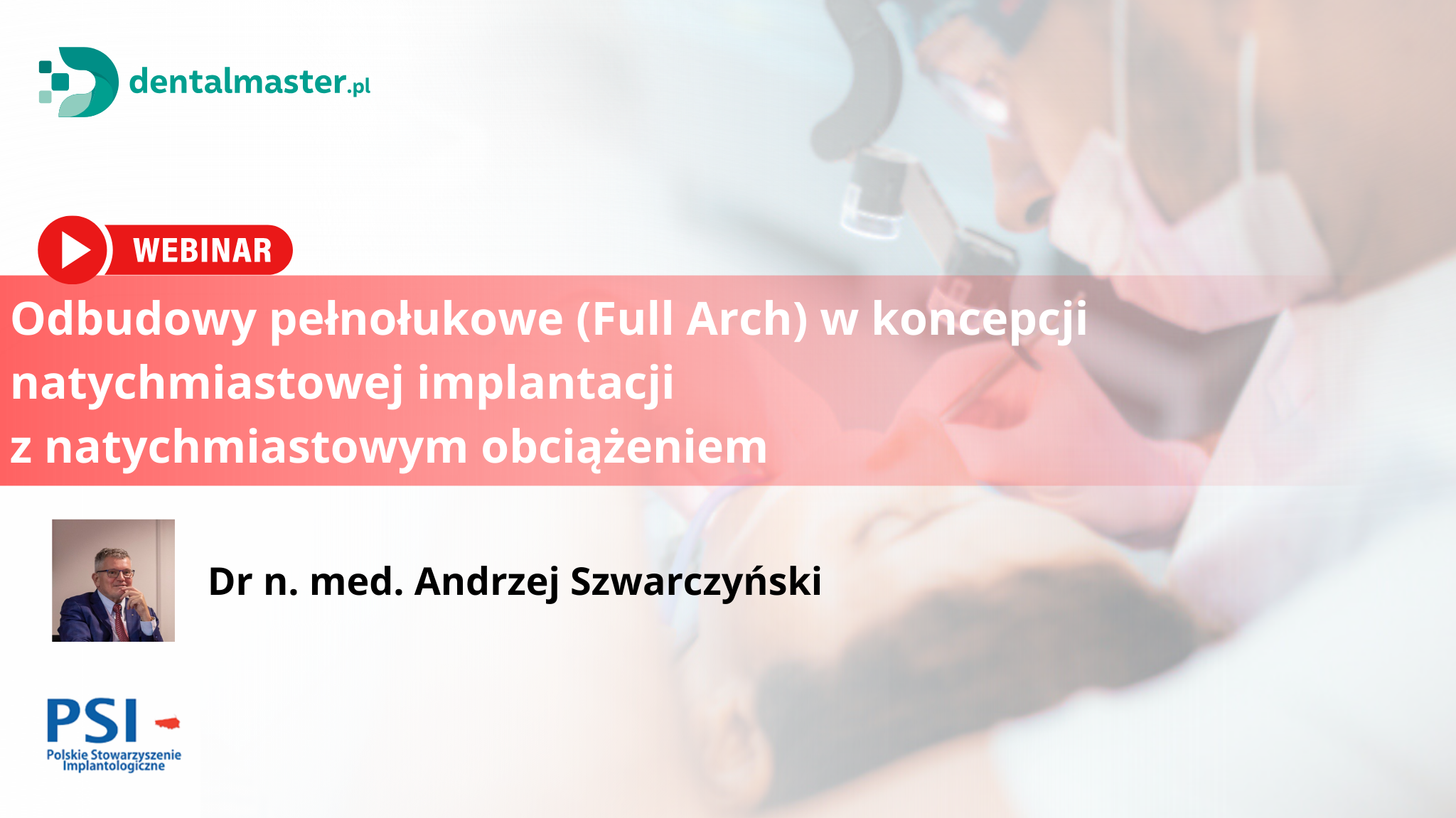Pacjentka z zespołem dysplazji ektodermalnej – opis przypadku i propozycja leczenia protetycznego
Patient with ectodermal dysplasia – a case report and a proposal of prosthetic treatment
Ectodermal dysplasia (ED) is a developmental disorder caused by the hypoplasia of tissues and organs derived from the ectodermis (the outermost germ layer) (1-3). It is a genetically determined disorder, affecting mostly boys, with an incidence of 1:10,000 to 1:100,000 births (4-5). It may result from a spontaneous gene mutation or embryopathy due to fetal damage caused by harmful agents during the pregnancy; also, the disorder can be recessive (X-linked) or autosomal dominant (1, 3, 6).
Clinical symptoms usually involve ectoderm-derived tissues: epithelium, sweat, sebaceous, lacrimal, and salivary glands, hair, nails, enamel, and inner ear. Changes may also affect mesoderm-derived structures, such as dermis, subcutaneous tissue, dentin, and craniofacial bones (3, 6-7). The disease can take the form of simple ectodermal dysplasia or of ectodermal dysplasia syndromes, where ectodermal symptoms are accompanied by other malformations (4).
Symptoms
The disease has two clinical forms: anhidrotic and hypohidrotic (respectively, without and with few sweat glands) (3-4, 8-9). Hypohidrotic ectodermal dysplasia is autosomal dominant, whereas anhidrotic ED is recessively linked to male sex (the defect is carried by women) (1). While hypohidrotic ED is the most frequent, anhidrotic ectodermal dysplasia, where the total absence of sweat glands is observed, is the most severe, resulting in dry and warm skin, [...]

którzy są subskrybentami naszego portalu.
i ciesz się dostępem do bazy merytorycznej wiedzy!



